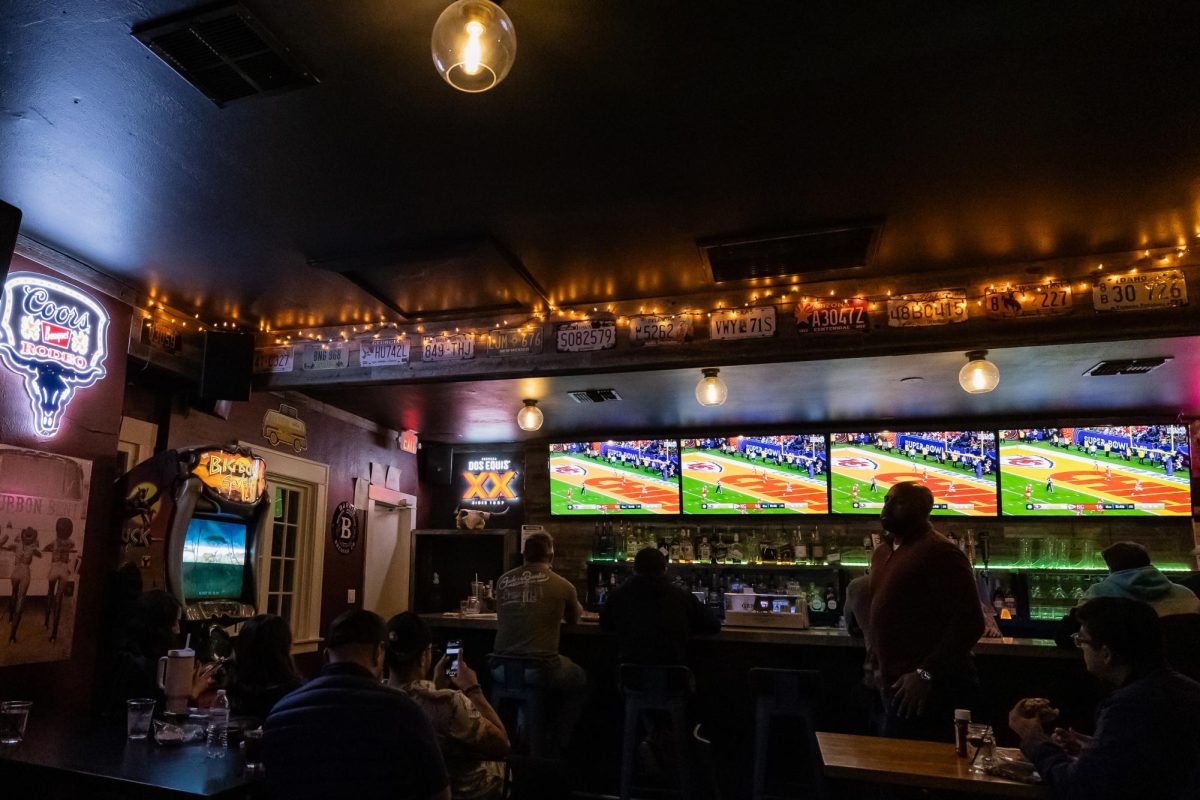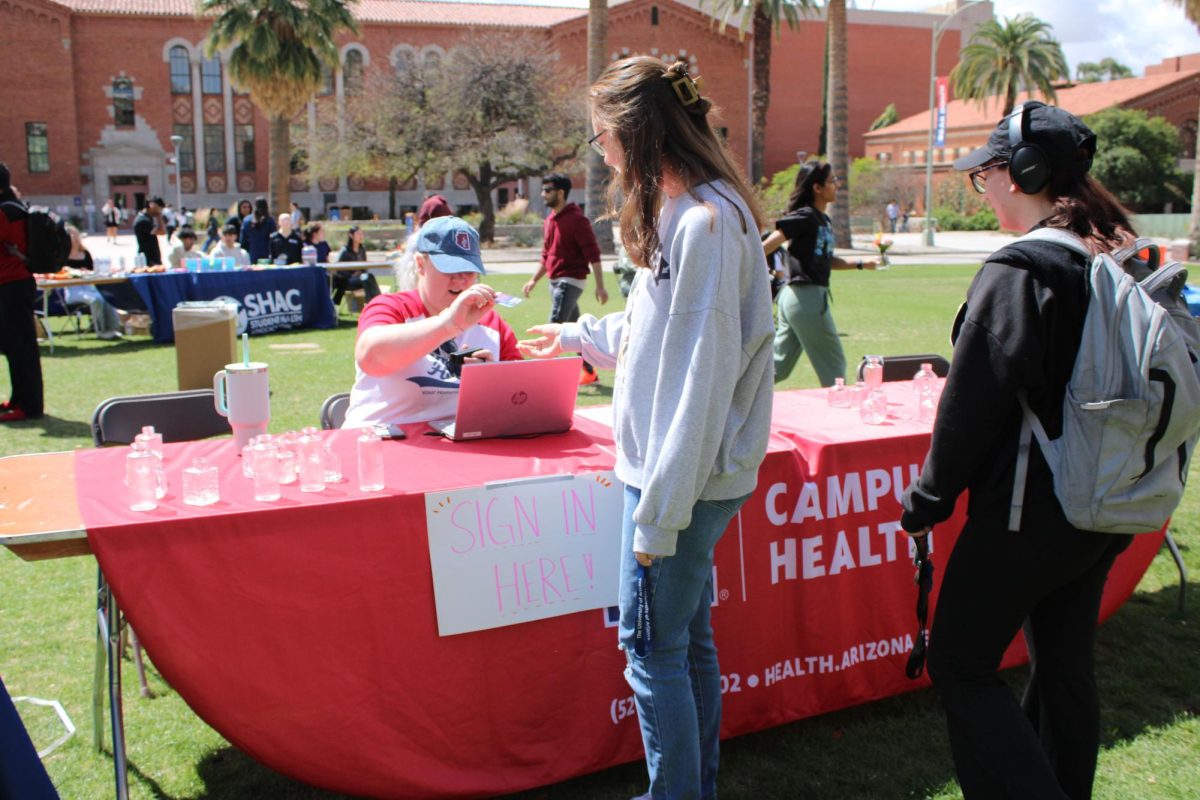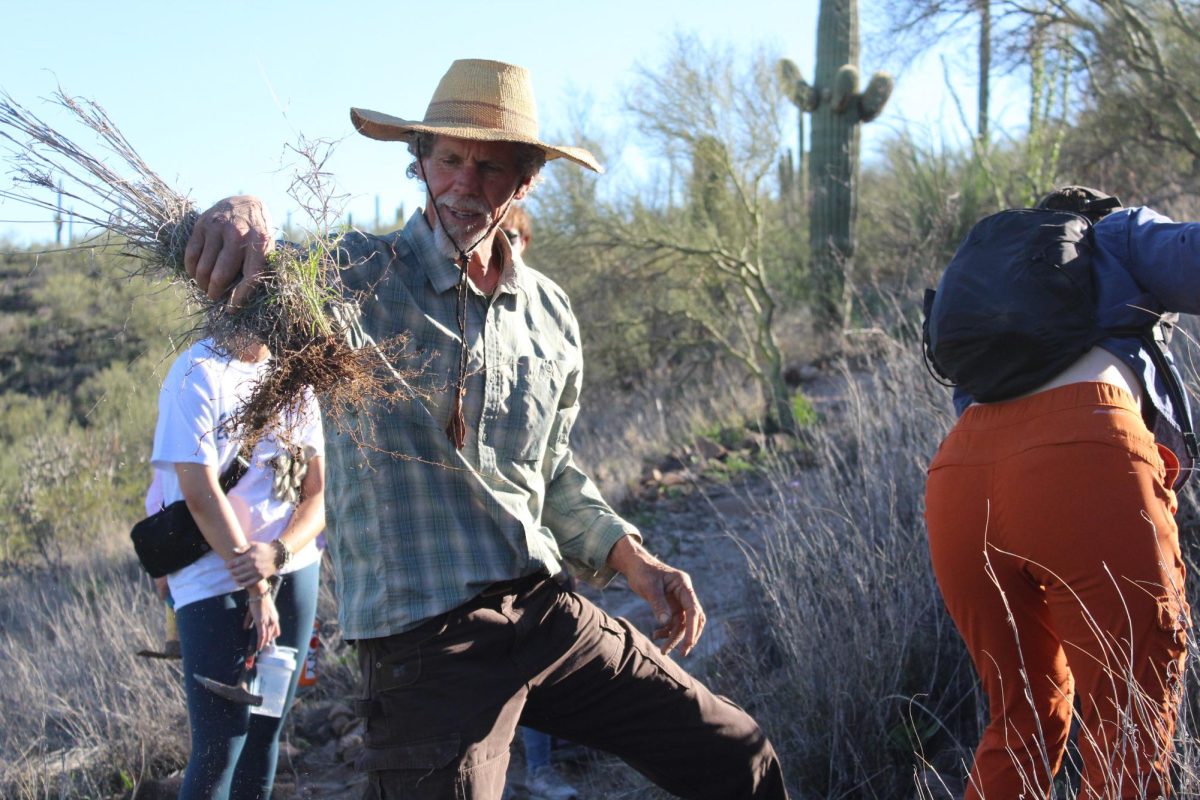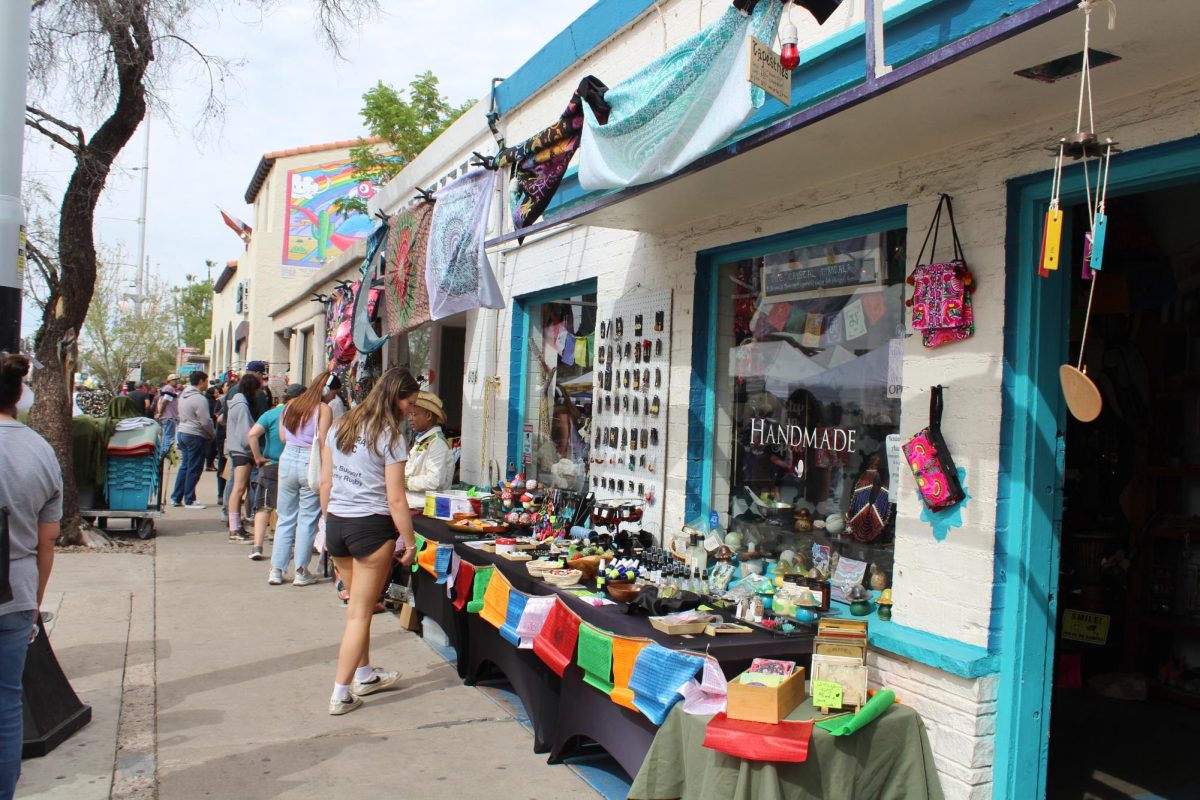In the wake of all the vegetable recalls in the last year, two UA researchers took it upon themselves to investigate what caused the apparent influx of food contamination.
They went on to publish an article titled “”Safer Salads”” that provided insight to both food producers and consumers about how to prevent the spread of pathogens.
“”It will help the other scientists in agriculture to see a little bit of the theory behind contaminated produce in the last few years and help consumers through recommendations,”” said Jorge Fonseca, an assistant professor in plant science and a post-harvest vegetable specialist.
Fonseca co-authored the article with Sadhana Ravishankar, an assistant research professor in veterinary science and microbiology who is studying stress response in food-borne bacteria.
According to their research, the two bacteria usually responsible for contamination are salmonella and Escherichia coli O157:H7, better known as E. coli.
“”Most of the pathogens that have been collected from outbreaks came from sources such as animal husbandry operations, contaminated water and proximity of urban centers,”” Fonseca said. “”We suspect there has been more and more contamination from animals to vegetables, because that’s normally where the bacteria originate from.””
Produce passes through many stages before reaching our mouths, Fonseca said. The food can go straight to a distribution center, or can have three or four transfers in between.
It is then washed with sanitizer, sprayed with an anti-browning agent, sent to the packing house and washed with more sanitizer, sent to central distribution, and from there often goes out to grocery stores and restaurants, he said.
Food imported from other countries goes through the same process and has to follow certain guidelines.
“”The problem with other countries is not the regulation. The problem area is the
condition of infrastructures such as irrigation,”” Fonseca said. “”Hygiene, viruses and water quality are all problematic factors.””
Fonseca recalled a problem a few years ago with green onions imported from northern Mexico.
“”It turned out that the ice they were packaging them with was the problem,”” he said.
In the past year, 76 million people have become sick, 300,000 were hospitalized and 5,000 have died due to food contamination, according to the U.S. Centers for Disease Control and Prevention.
When it comes to organics, Fonseca said that studies show certified organics have the same level of micro-organisms.
Still, foods without the certified organic label are usually higher in levels of biotic contamination.
Fonseca gave two main tips for avoiding food poisoning: Always wash your hands when handling food and cut away the damaged parts of vegetable and fruits. Washing the surface of a fruit or vegetable is also helpful.
“”There’s a lot of cross-contamination from meat to produce,”” he said, adding that such contamination can cause illness when proper washing is not occurring.
Kevin Korf, a biosystems engineering freshman, said he often worries about the safety and cleanliness of the food he eats.
“”I worry about where my food comes from, because you never know what they’re doing in the kitchen,”” Korf said. “”One time, I was in the hospital with really bad food poisoning. I didn’t go back to Burger King for a year.””








